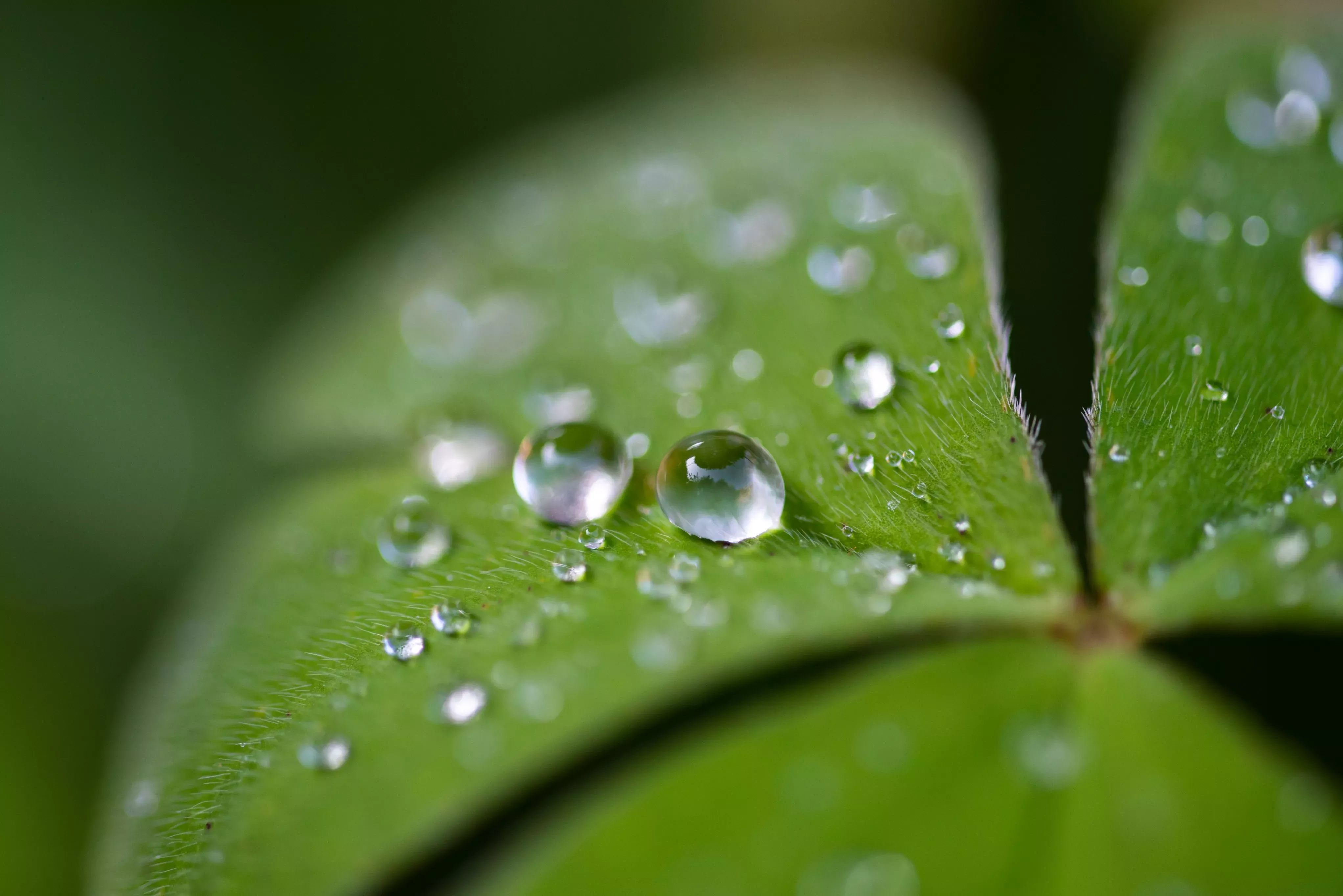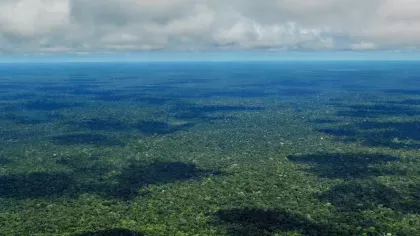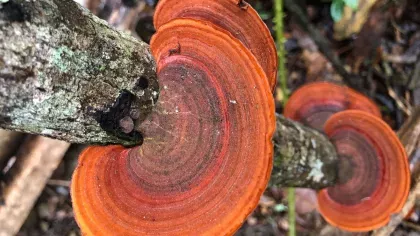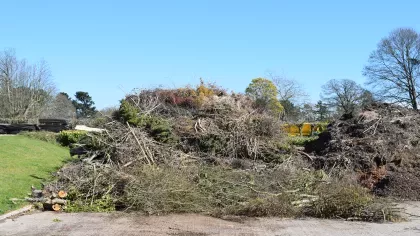24 November 2020
From weed to power plant
Find out how one of the most invasive plants in the world, the water hyacinth, could be used to produce cleaner energy for millions of people.

Do not be fooled by the beautiful blooms and glossy leaves of the water hyacinth (Pontederia crassipes).
It is in fact an incredibly harmful and invasive weed that is currently blocking waterways and devastating fish populations all over the world.
This devilish weed is native to South America, but since it was introduced to India in the 19th century as an ornamental pond plant, it has spread to more than a hundred countries.
A research project led by the University of Leeds is exploring ways of using the destructive power of the water hyacinth for good and turn it into bioenergy, a sustainable source of heat, electricity, and fuel.
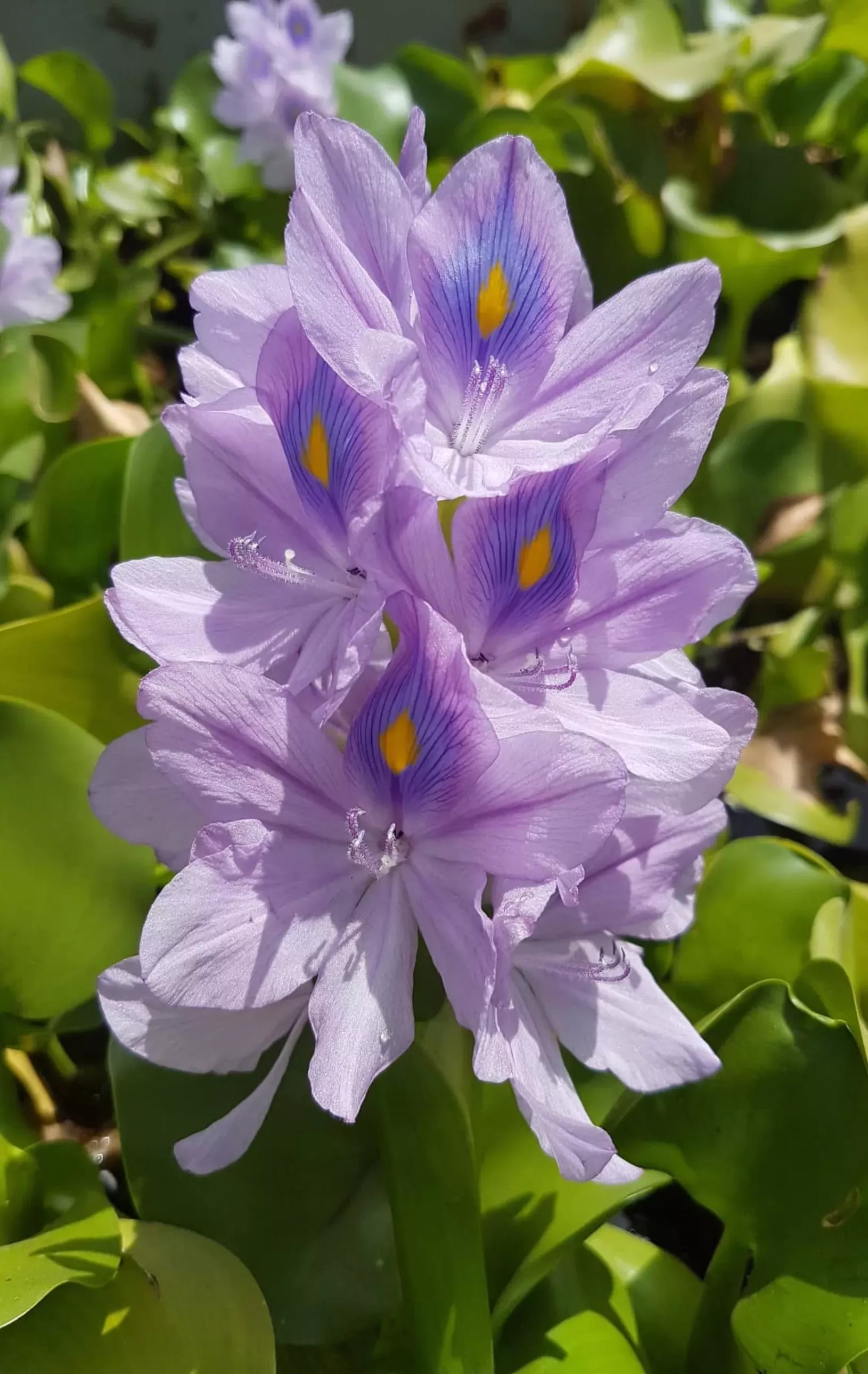

Researchers in the United Kingdom, India and Uganda are investigating how water hyacinth can be used in combination with nutrient-rich waste, like cow dung, to produce biogas, clean water and fertiliser in developing countries.
Part of this project involves a case study at a youth hostel in India. Here, water hyacinth will be artificially grown in tanks and used to produce biogas for cooking and fertiliser to grow flowers.
The alternative supply of biogas from the water hyacinth could replace the unsustainable use of firewood for cooking, which is a particular problem in Sub-Saharan Africa.
Dr Mary Suzan Abbo, Managing Director of Centre for Research in Energy and Energy Conservation, Makerere University, Uganda said:
“Every year, as a result of unsustainable wood and charcoal burning in Uganda, thousands of hectares of forest are lost, and thousands of people suffer from smoke inhalation."
This project is taking vital steps towards a cleaner environment, improved health, greater employment opportunities, and the development of new sustainable energy.
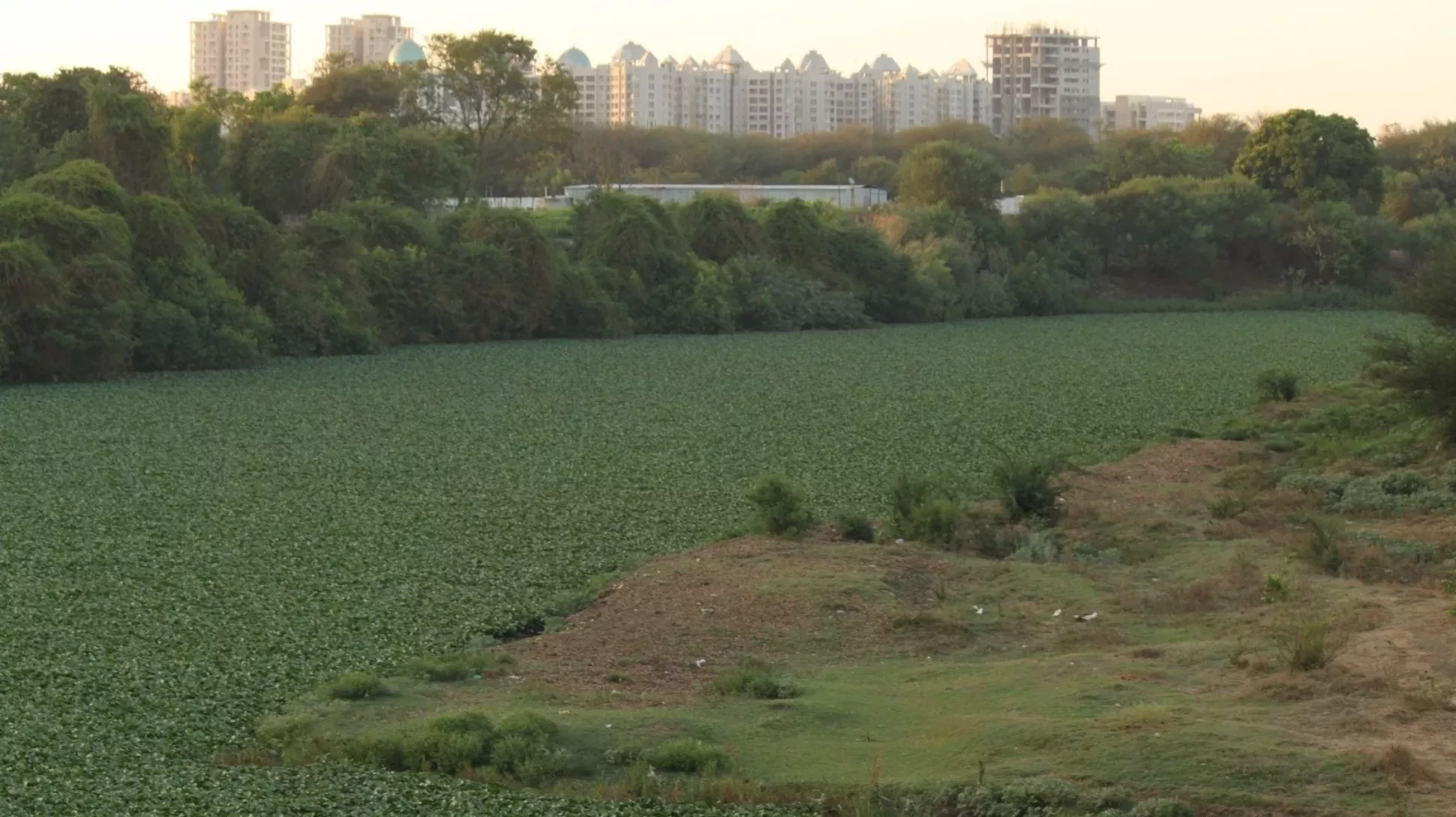
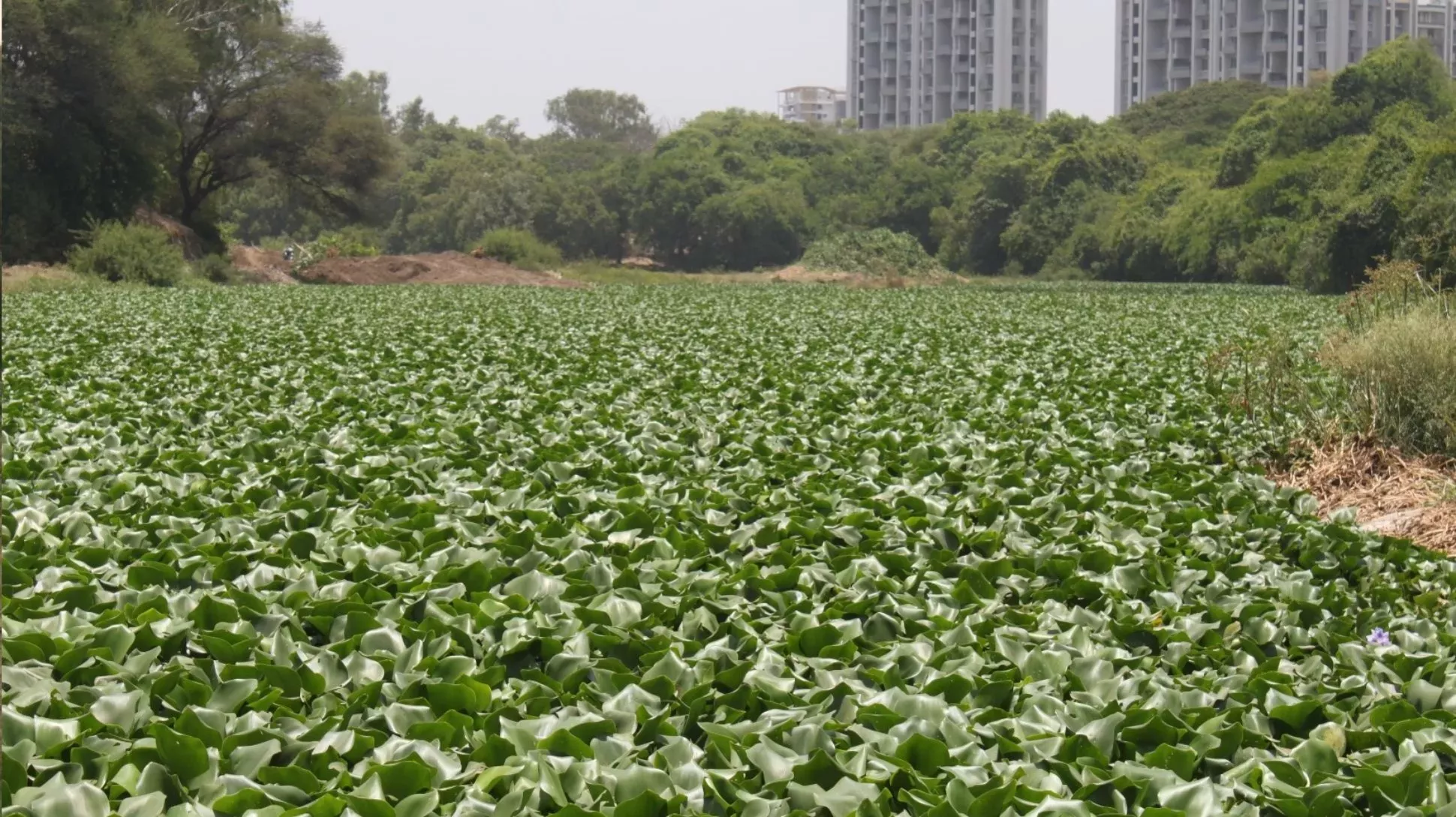
Kew’s State of the World’s Plants and Fungi 2020 report explores the untapped potential of plants and fungi to provide solutions to sustainable development.
A team of researchers at Kew have been assessing current plant and fungal sources of energy and identifying species with potential to be used in the future.
They found that most research to date has focused on a very small number of crops, so some important new sources of energy have been largely overlooked.
Did you know? There are 2,500 known plants that could be used to provide clean energy, but only six crops are relied upon to produce 80% of global industrial biofuel.
It is vital we discover new sources of fuel and bioenergy to provide for the 840 million people worldwide with no access to electricity, and three billion with no access to clean cooking fuels and technology.
Unlocking the powerful potential of plants, like the water hyacinth, could be the solution to these global challenges.

Kew is one of just a few places licensed to grow the water hyacinth.
The species is part of our incredibly diverse collection of plants used for research.
Come and see the formidable water hyacinth for yourself in our Princess of Wales Conservatory.
